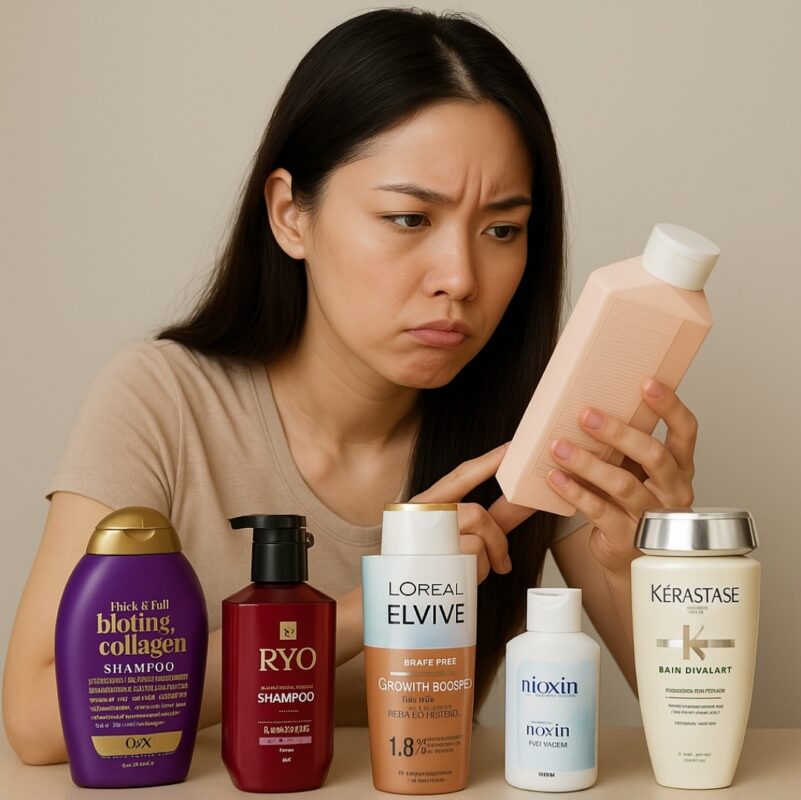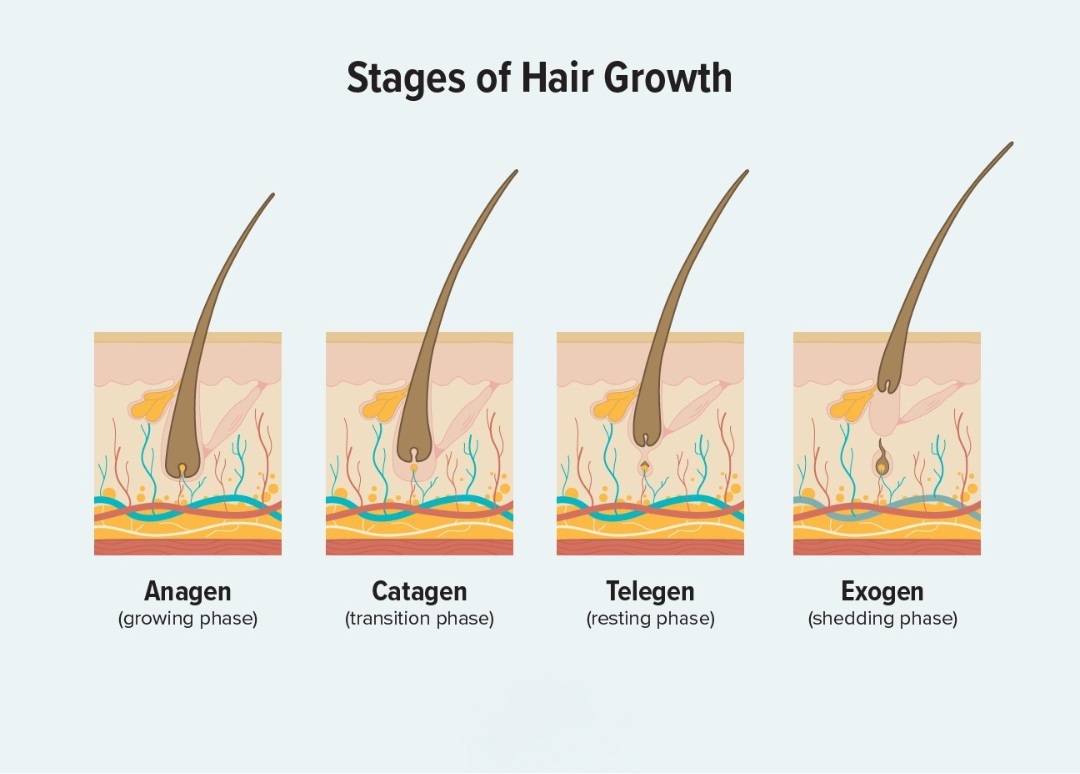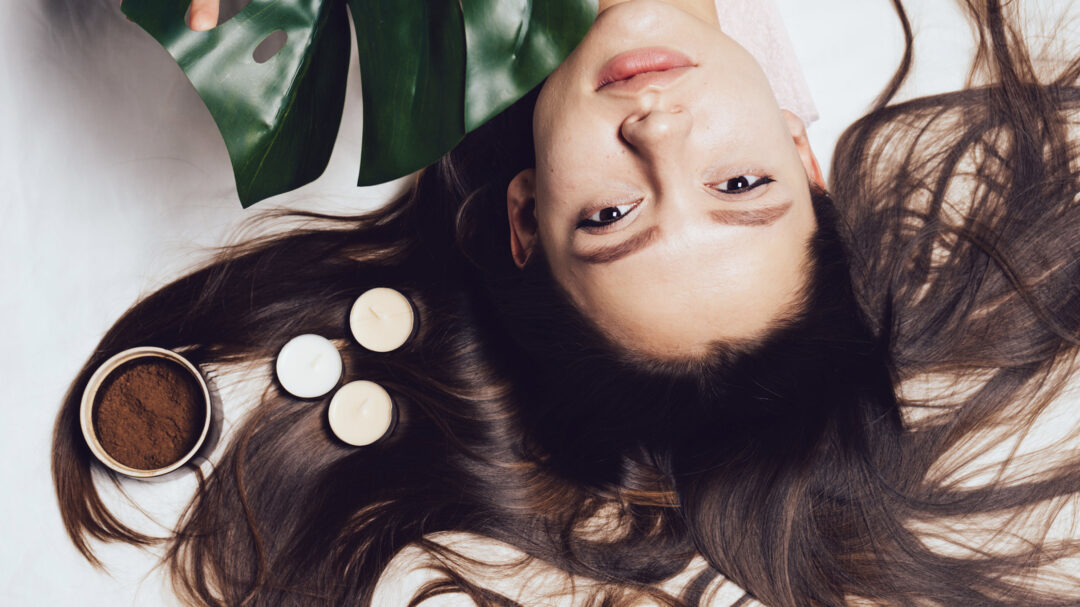
Dr. Jim Johnson
With 15+ years of experience, Dr. Jim Johnson is a leading dermatologist specializing in hair and scalp health. His research on Redensyl, Baicapil, and Capixyl helped shape ALIKA, a Vietnamese brand that harnesses nature’s power for healthier, stronger hair.
- Dr. Jim Johnson
- April 8th, 2025
You stand in the hair care aisle, faced with rows upon rows of bottles promising miraculous results – smoother, shinier, stronger, healthier hair. You carefully select products, trusting the claims on the front. But have you ever flipped the bottle over and tried to decipher that long, intimidating list of ingredients on the back? What’s really lurking inside, playing hide-and-seek between the aqua and the parfum?
The truth is, many common hair care products contain chemicals that, while effective for certain functions (like creating suds worthy of a bubble bath or keeping the product fresh for eons), might actually be doing more harm than good in the long run.
They can strip natural oils faster than a bad breakup, irritate your scalp like an itchy wool sweater, cause buildup that makes your hair feel like it’s wearing a heavy coat, and some even whisper potential health concerns.
As a dermatologist, reading labels is my jam, but I know for most people, it’s like trying to assemble IKEA furniture without instructions!
Why Should You Care About Ingredients?
Simply put, what you put on your body can be absorbed by your body, or at the very least, significantly impact the health of your hair and scalp.
Harsh chemicals can lead to:
Sahara Desert Dryness: By stripping away natural protective oils.
Itchy Scalp Drama: Causing redness, flakiness, and general annoyance.
Dullsville Buildup: Leaving hair lifeless and weighed down.
Potential Health Question Marks: Some ingredients have raised flags in ongoing research.
Decoding the Label: The Usual Suspects
Here are some ingredients you’ll often find throwing a party in your hair products:
Sulfates (SLS & SLES – The Sudsy Strippers)
What they are: Heavy-duty cleansing agents that create that super bubbly lather we’ve been conditioned to think equals “clean.”
Why they’re used: They’re cheap and incredibly effective at dissolving oil and grime.
The Downside: They’re too effective! Sulfates strip away your scalp’s natural, protective oils (sebum) like an overzealous cleaner, leaving your hair feeling dry, brittle, prone to frizz, and potentially fading your expensive color job.
On the Label: Sodium Lauryl Sulfate (SLS), Sodium Laureth Sulfate (SLES).
The Alternative: Look for “Sulfate-Free” shampoos using gentler, often plant-derived cleansers (like coco-glucoside, decyl glucoside).
Parabens (The Forever Chemicals… Almost)
What they are: Preservatives used to prevent microscopic nasties (bacteria, mold) from turning your product into a petri dish.
Why they’re used: To give products a long, stable shelf life.
The Downside: The ongoing scientific chatter revolves around their potential to mimic estrogen and mess with hormones. While regulatory bodies say they’re okay in small doses, many folks say “thanks, but no thanks” just in case.
They can also trigger irritation or allergies for some.
(Source: Parabens – FDA)
On the Label: Often end in “-paraben” (methylparaben, propylparaben, etc.).
The Alternative: Seek out “Paraben-Free.” Alternatives include phenoxyethanol, sodium benzoate, potassium sorbate, or certain essential oils.
Silicones (The Slippery Imposters)
What they are: Synthetic polymers that coat the hair like a shrink-wrap, giving instant slip, shine, and that deceptively smooth feel.
Why they’re used: Instant gratification! They detangle like magic and make hair look glossy.
The Downside: Most silicones aren’t water-soluble. Imagine coating your hair in plastic wrap – it looks smooth, but moisture can’t get in, leading to dryness underneath.
This buildup requires harsh sulfates to remove, creating a vicious cycle. It also weighs hair down, making it look limp and dull over time.
(Source: Silicones in Cosmetics)
On the Label: Often end in “-cone,” “-conol,” or “-xane” (dimethicone, cyclomethicone, amodimethicone – though some ‘amo-‘ types are designed to rinse better).
The Alternative: Go “Silicone-Free.” Natural oils (argan, jojoba – use sparingly!) or plant extracts (like hydrolyzed proteins) can offer conditioning without the plastic-wrap effect.
Water-soluble silicones (often with PEG- prefixes) are less prone to buildup.
Phthalates (The Sneaky Softeners & Scent Extenders)
What they are: Often used in plastics, but in cosmetics, they frequently hang out in synthetic fragrances to make the scent linger.
Why they’re used: To enhance fragrance longevity or texture.
The Downside: Like parabens, they’re flagged as potential endocrine disruptors.
The tricky part? They often hide under the generic term “Fragrance.”
(Source: Phthalates and Their Impacts on Human Health)
On the Label: Often disguised as “Fragrance” or “Parfum.” Specific types include Dibutylphthalate (DBP).
The Alternative: Look for “Phthalate-Free” or fragrance-free options, or products scented solely with named essential oils.
Synthetic Fragrances/Parfum (The Mystery Mix)
What they are: A secret blend of potentially hundreds of chemicals designed to smell like “Ocean Breeze” or “Midnight Blossom.”
Why they’re used: To make products smell nice.
The Downside: That “Fragrance” listing is a black box. It can contain allergens, irritants, and hidden phthalates.
It’s a leading cause of skin reactions.
On the Label: Listed as “Fragrance,” “Parfum,” or “Scent.”
The Alternative: “Fragrance-Free” is the safest bet if you’re sensitive. Otherwise, look for products detailing specific essential oil scents.
Becoming a Savvy Ingredient Detective (Easier Than You Think!)
Don’t let the long lists scare you!
Here are some quick pro tips:
✅ Top 5 Rule: Focus on the first five ingredients – they make up the largest percentage of the product.
✅ “Free From” is Your Friend: Labels shouting “Sulfate-Free,” “Paraben-Free,” etc., do the initial screening for you.
✅ Digital Help: Use resources like EWG’s Skin Deep database (ewg.org/skindeep) or apps like Think Dirty as a starting point (but always cross-reference).
✅ Patch Test Power: Always test new products if you have sensitive skin!
Making Healthier Choices = Happier Hair
Choosing safer products isn’t about deprivation; it’s about upgrading!
Look for brands that champion:
🌿 Gentle, plant-based cleansers
🥥 Nourishing natural oils and butters
🌸 Beneficial botanical extracts
🧴 Transparency in their ingredient lists
Taking that extra minute to be an ingredient detective is a power move for your hair’s future. By knowing what you’re actually putting on your head, you choose products that truly support healthy, naturally radiant hair.
Go forth and conquer those labels! 💪💁♀️🌿





